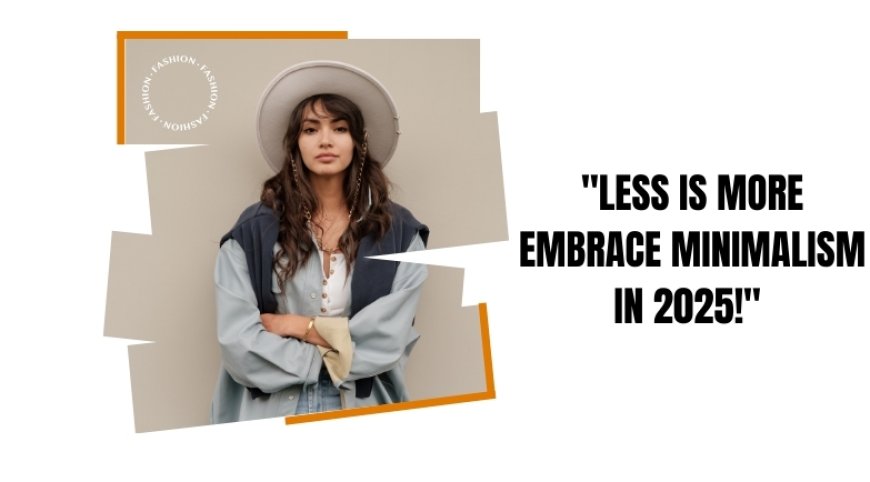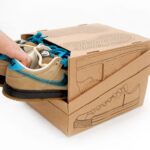“When I moved into my first tiny apartment five years ago, I didn’t realize that getting rid of stuff would teach me more about my own priorities than any self-help book ever could.”
I still remember the day I opened my closet and was greeted by a mountain of clothes I hadn’t worn since college. That’s when I discovered the power of minimalist living, and how cutting through the noise around me could actually simplify my work as an IT consultant. If you’ve ever felt overwhelmed by the sheer volume of “things” you own whether physical or digital stick around. Today, I’m sharing practical, human-tested decluttering tips that blend intentional living, mindful consumption, and a sustainable lifestyle approach. Plus, I’ll show you how AI tools can jumpstart your journey to a clutter-free 2025.
Why Minimalism Matters in 2025
Gone are the days when minimalism was just a passing fad. In a world bursting at the seams with notifications, open browser tabs, and overflowing inboxes, the concept of owning and doing less has become revolutionary. For those of us in IT, a clear desk often leads to a clear mind. Embracing minimalist living isn’t about depriving yourself; it’s about choosing what truly adds value to your day.
- Intentional Living: Instead of blindly acquiring the latest gadgets, ask: Does this tool or item serve a genuine purpose?
- Mindful Consumption: Every purchase is a vote for the kind of world you want. Opting for durable, multifunctional items reduces waste and boosts focus.
- Sustainable Lifestyle: When you declutter your home, donate or recycle responsibly. Less landfill, more satisfaction.
1. Start with a Single “Zone”
Trying to conquer your entire house or digital drive at once is like debugging a dozen critical servers in one go it’s chaos. My trick? Pick a high-traffic zone: your kitchen counter, your email inbox, or your desktop wallpaper folder.
- Set a Timer: Ten minutes. No more, no less.
- Sort Items into Three Piles: Keep, Donate/Recycle, and “Maybe.”
- Deal with “Maybe” Later: If you’re on the fence, box it up. Revisit in 30 days if you haven’t needed it, let it go.
This small-win approach builds momentum and keeps the process fun, not punishing.
2. Use AI Tools to Tackle Digital Clutter
As an IT professional, you’re probably drowning in files, old code snippets, and unread Slack messages. Enter AI tools: from smart search assistants that categorize and tag documents to email triage bots that surface only the messages you care about.
- Smart File Cleanup: Tools like Hazel (macOS) or DropIt (Windows) can auto-sort downloads into labeled folders.
- Automated Email Sorting: Services powered by machine learning think Boomerang’s Priority Inbox or Superhuman learn your habits and sift out noise.
- Project Dashboard Consolidation: Platforms like Notion or ClickUp let you centralize tasks, wikis, and chat logs, so you’re not jumping from app to app.
By offloading repetitive sorting tasks, you free mental bandwidth for the creative work that really matters.
3. Embrace One-In, One-Out Philosophy
I’ll be honest: sometimes minimalism feels restrictive. But adopting a one-in, one-out rule for both physical and digital items whether that’s a new conference T‑shirt or a flashy VS Code extension keeps your space and mind uncluttered.
- Physical: Before buying a new kitchen gadget, identify one old tool you can repurpose, donate, or recycle.
- Digital: For every new app you install, uninstall one you haven’t used in the past month.
It’s a simple decluttering tip, but over time it cultivates a mindset of intentional living rather than impulsive collecting.
4. Declutter Your Home with Sustainable Swaps
If you’re passionate about a sustainable lifestyle, think beyond the trash bag.
- Textile Recycling: Old t‑shirts become cleaning rags; worn-out towels can be dropped at pet shelters.
- Eco-Friendly Storage: Swap plastic bins for wicker baskets or fabric boxes made from recycled materials.
- Open-Loop Sharing: Borrow or rent tools (like power drills or party decor) instead of buying brand-new.
These swaps reduce your environmental footprint and reinforce the idea that you don’t need to own everything to live well.
5. Build Daily Habits Not One-Time Purges
A three-hour purge feels great until two weeks later when clutter creeps back. Instead, weave small decluttering tips into your daily routine:
- Five-Minute Tidy: Before dinner, put away any stray items on your desk or kitchen table.
- Weekly Photo Roundup: Snap pics of documents you need, then shred or recycle the paper.
- Monthly Donation Box: Keep a designated bin; whenever you spot something you don’t use, drop it in.
By making minimalism a habit, you transform it from a chore into a lifestyle you actually enjoy.
Conclusion: Your 2025 Declutter Challenge
Minimalist living isn’t about perfection it’s about progress. Whether you start by clearing one drawer or by enlisting AI tools to manage your digital life, choose just one of these steps today:
- Set your timer for ten minutes and pick a zone.
- Explore an AI-powered organizer and see how it changes your workflow.
- Commit to one-in, one-out for the next purchase you make.
Remember, every item you remove makes space for focus, creativity, and the people you love. Here’s to a clutter-free 2025 one intentional choice at a time.


